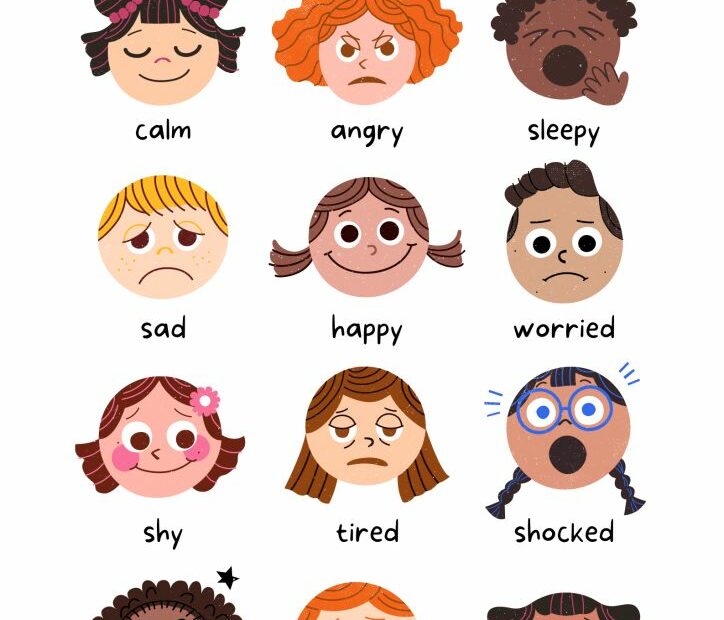Found 29 images related to feelings pictures for preschoolers theme
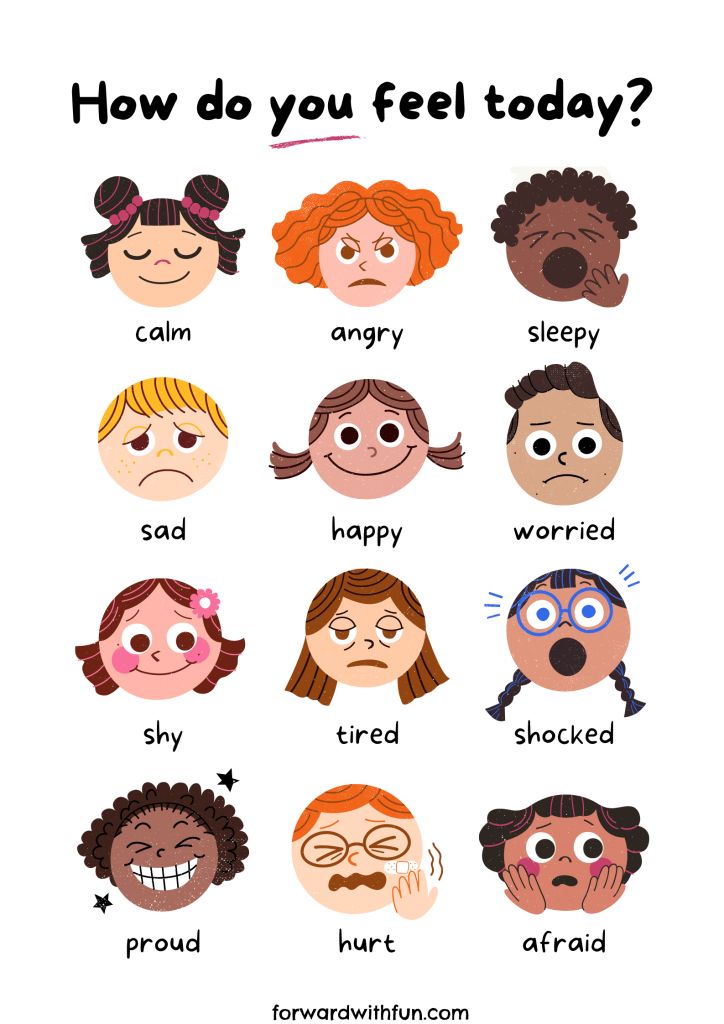

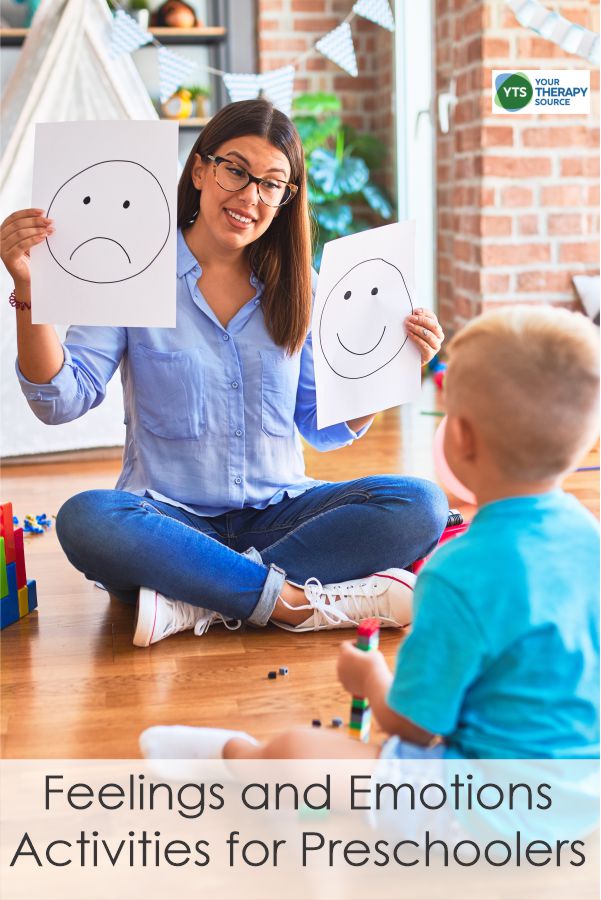





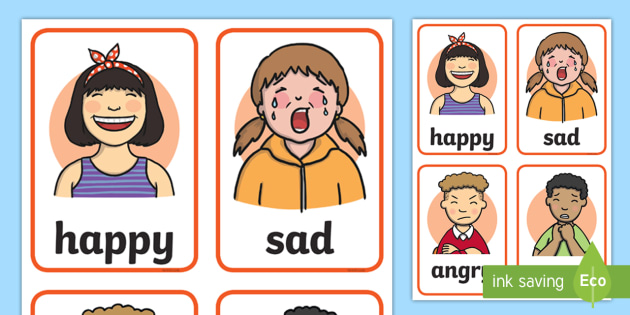



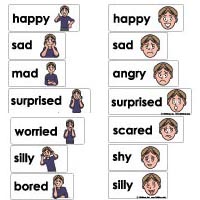
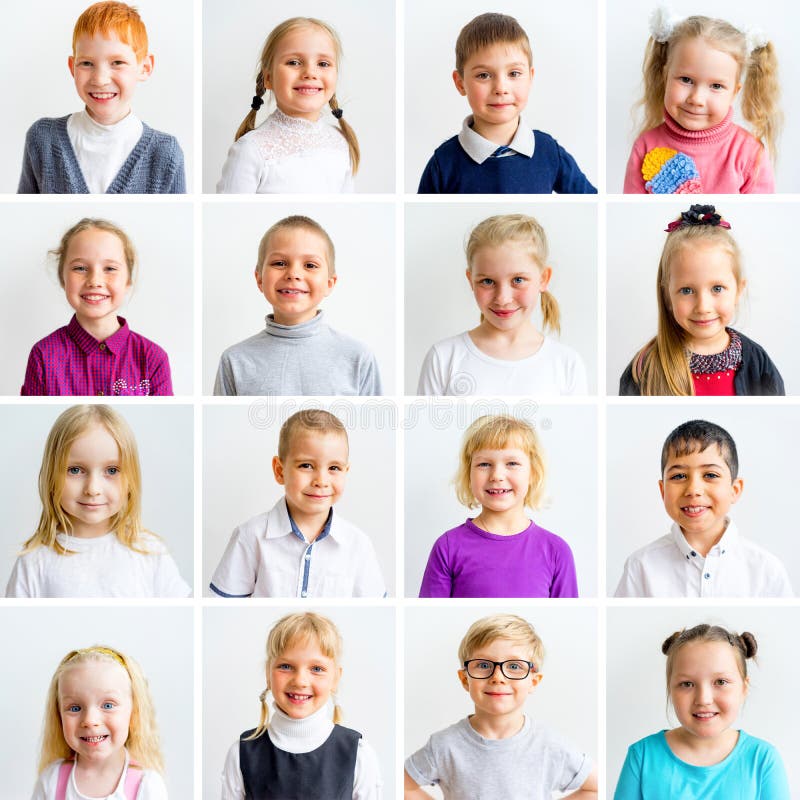
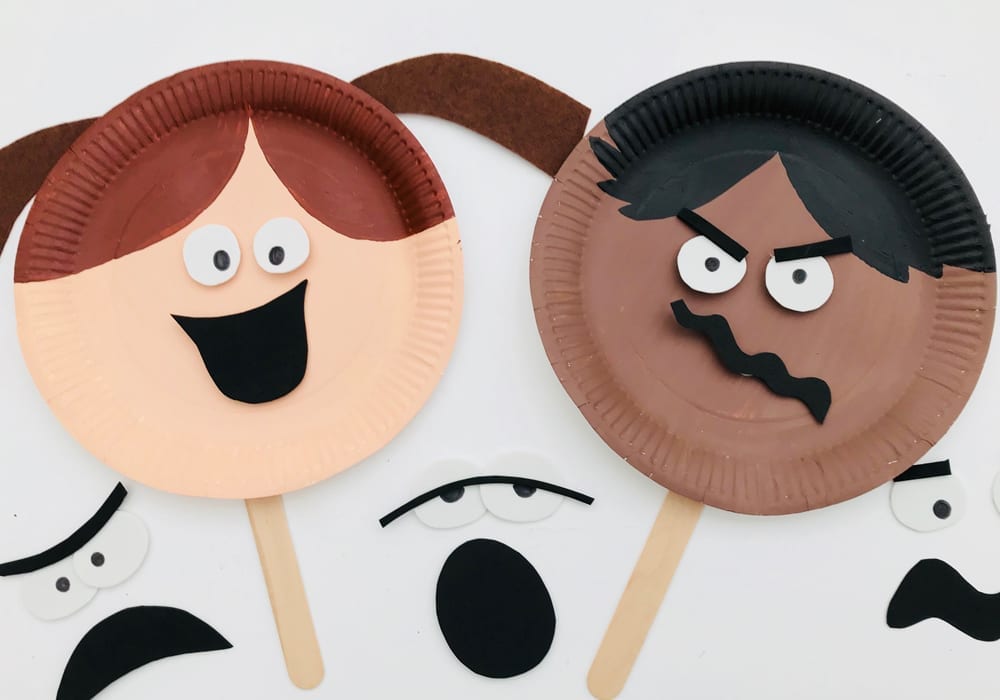


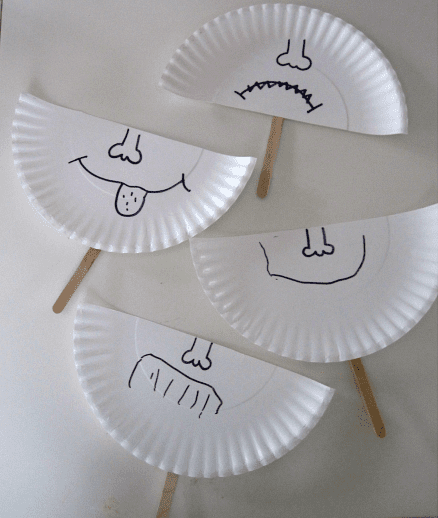



feelings pictures for preschoolers
Preschoolers are not yet able to verbally express their emotions effectively and accurately. As a result, it is often difficult for parents, caregivers, and teachers to understand what is going on with these young children. That’s where feelings pictures come in. When preschoolers are shown pictures depicting different emotions, they can easily identify them and begin to understand their own emotions as well as those of others. In this article, we will explore the importance of feelings pictures for preschoolers.
1. Understanding Emotions through Pictures
Visual Representation: Rather than explaining emotions through words alone, visuals provide young children a concrete way to understand emotions. For instance, when a child is shown a picture of a sad face, they immediately recognize it as an expression of sadness. As a result, children can begin to develop emotional literacy at an early age.
Recognizing expressions: As preschoolers learn to identify emotions on their own faces, they also learn how to recognize the emotions of others. This skill is essential as they navigate social interactions with peers, family members, and teachers. By understanding what others are feeling, preschoolers can better relate to and communicate with them.
2. Encouraging Children to Express Themselves
Building Vocabulary: When using feelings pictures with preschoolers, caregivers and teachers have the opportunity to introduce new vocabulary related to emotions. Rather than simply labeling an emotion as “happy” or “sad,” teachers can use more nuanced language such as “excited,” “frustrated,” or “disappointed.” This can help children develop a richer emotional vocabulary, which will serve them well as they grow.
Enhancing Communication Skills: By having children identify and describe their emotions, caregivers and teachers can encourage the development of their communication skills. When children are able to articulate how they are feeling, they are better able to express their needs and communicate with others in a meaningful way.
3. Helping Children Manage Their Emotions
Coping techniques: One of the benefits of using feelings pictures is that it can help children learn coping techniques. For instance, after seeing a picture of someone who is angry, a caregiver or teacher might ask, “What can we do when we’re feeling angry?” This can lead to a discussion about healthy ways to manage anger, such as taking deep breaths or talking about the problem calmly.
Developing Emotional Intelligence: As children become more aware of their own emotions and those of others, they begin to develop emotional intelligence. Emotional intelligence is the ability to recognize and understand emotions in oneself and others, and to use that information to guide thinking and behavior. Preschoolers who develop emotional intelligence are better able to manage their own emotions, communicate effectively, and build meaningful relationships.
4. Providing a Safe Space for Exploration
Artistic Expression: Feelings pictures provide preschoolers with an opportunity for artistic expression. By allowing children to draw their own emotions, they can explore their feelings in a non-threatening and creative way. This can be especially helpful for children who have difficulty communicating about their emotions verbally.
Play and Creativity: Feelings pictures can be used to create games and activities that help preschoolers explore and learn about emotions. For instance, caregivers and teachers might use pictures to help children identify emotions in storybooks or on television shows. They might also use pictures to create “feelings collages” or to play emotion-themed games.
5. Using Feelings Pictures to Address Social and Behavioral Issues
Conflict Resolution: When preschoolers have the ability to identify and communicate their emotions effectively, they are better able to resolve conflicts with peers. For instance, if a child is feeling frustrated because another child took their toy, they might be able to express that frustration calmly rather than lashing out in anger.
Empathy and Kindness: As preschoolers learn about emotions, they become more empathetic and kind. They are better able to understand and relate to others, leading to more positive social interactions.
Understanding Differences: Feelings pictures can help preschoolers understand that everyone experiences emotions differently. By exposing children to pictures that depict a wide range of emotions and expressions, they can recognize that each person’s emotional experiences are valid and unique.
In conclusion, using feelings pictures is an effective way to help preschoolers understand and manage their emotions. By providing a safe space for exploration, encouraging artistic expression, and addressing social and behavioral issues, caregivers and teachers can help children develop emotional literacy, communication skills, coping techniques, and emotional intelligence. With the help of printable feelings faces pdf, emotions faces printable free, emotion faces drawing, emotion faces chart, free printable emotion faces for preschool, printable emotion faces black and white, emotion faces activity, and emotion faces real feelings pictures for preschoolers, the process of emotional development for preschoolers can become more fun and engaging.
FAQs:
1. Are feelings pictures appropriate for all ages?
Feelings pictures are particularly useful for preschool-aged children who are still developing emotional literacy. However, older children and even adults can also benefit from using feelings pictures.
2. How can feelings pictures be used in the classroom?
Feelings pictures can be used to create emotion-themed lesson plans, to create games and activities, or to facilitate discussions about emotions. For instance, teachers might use pictures to help children identify emotions in storybooks or on television shows.
3. Are feelings pictures only useful for children who are struggling with emotions?
Feelings pictures are useful for all children, regardless of whether or not they are struggling with emotions. By developing emotional literacy and emotional intelligence, preschoolers are better equipped to navigate social interactions and build meaningful relationships.
4. Can feelings pictures be incorporated into therapy sessions?
Yes, feelings pictures can be a useful tool in therapy sessions for children who are struggling with emotional regulation, social interactions, or other emotional issues. Therapists may use feelings pictures to help children identify and express their emotions in a safe and non-threatening way.
Keywords searched by users: feelings pictures for preschoolers printable feelings faces pdf, emotions faces printable free, emotion faces drawing, emotion faces chart, free printable emotion faces for preschool, printable emotion faces black and white, emotion faces activity, emotion faces real
Tag: Top 87 – feelings pictures for preschoolers
Feelings – The Kids’ Picture Show
See more here: khoaluantotnghiep.net
Article link: feelings pictures for preschoolers.
Learn more about the topic feelings pictures for preschoolers.
- Emotions and Feelings Photo Picture Cards – Twinkl
- Feelings Faces Cards – Twinkl
- Preschoolers & emotions: play ideas | Raising Children Network
- 8 Fun Feelings Activities for Preschoolers – Empowered Parents
- Helping kids identify and express feelings | Kids Helpline
- Teaching Your Child About Emotions – ConnectABILITY
- 1097057 Kids Emotions Images, Stock Photos & Vectors
- Emotions Real Pictures Teaching Resources | TPT
- Printable Emotions Cards with Emotions Games Ideas
- Free Printable Emotion Faces and Activities
- Emotions for Kids: Lessons and Activities to Build Self …
- Curious Toddler FEELINGS The Little Book of Big …
Categories: https://khoaluantotnghiep.net/wikiimg blog
